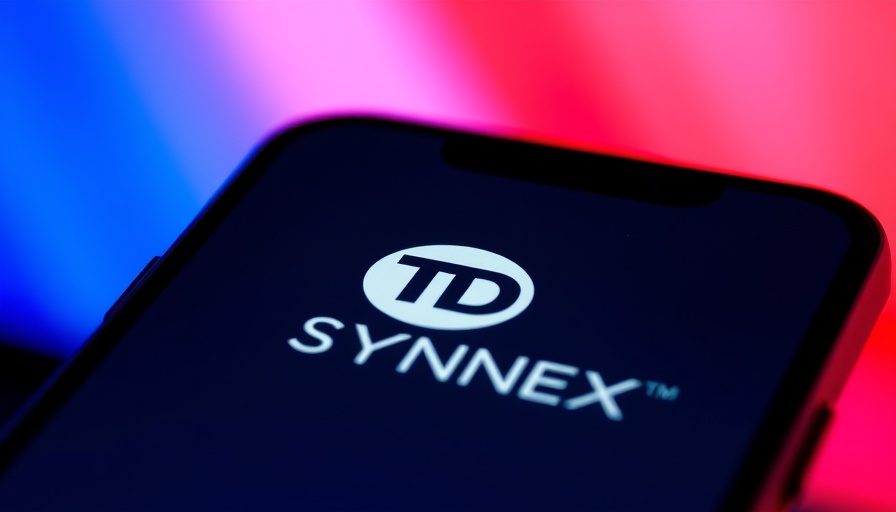
Unpacking the Rise of AI Coding Tools in the U.S.
The recent study titled ‘Who is using AI to code? Global diffusion and impact of generative AI’ highlights a fascinating trend in the software development landscape: American developers are leading the charge in the adoption of AI coding tools. As companies like Microsoft and Google pour resources into the development of AI solutions, the U.S. has emerged as the leading adopter, with crucial implications for businesses everywhere.
Why U.S. Developers Are Embracing AI Tools
The report indicates that as of December 2024, a staggering 30.1% of Python functions on GitHub are contributed by U.S.-based developers. This level of engagement dwarfs contributions from Germany (24.3%), France (23.2%), and India (21.6%). The difference is astounding, with contributions from Russia and China barely reaching 15.4% and 11.7%, respectively.
This phenomenon parallels the sharp increase in AI coding tool usage among American developers, especially following key product launches—like GitHub Copilot and ChatGPT. The correlation underscores how closely tied the uptake of AI tools is to technological breakthroughs. Experts have noted that as generative AI models advance, the coding landscape transforms dramatically, prompting developers to quickly adapt and integrate these tools into their workflows.
Generational Divide: Who’s Using AI Most?
Interestingly, the data suggests a generational divide in the usage of AI coding tools. More experienced developers tend to use these tools less frequently than their junior counterparts. This trend reflects a historical reliance on traditional coding methods by seasoned professionals, contrasting with the more risk-tolerant, tech-savvy junior developers who are more open to experimenting with AI-enhanced workflows.
Global Disparities: Insights and Trends
As the geographical disparities in AI usage become more pronounced, it is vital for tech companies to recognize the limitations these may impose. The less robust use of AI tools in regions like Russia and China might hinder those countries' developers from inputting innovation into global coding cultures. For U.S. businesses, this presents an opportunity to leverage their technological advantages, but it also raises questions about collaboration and competitiveness in the global tech arena.
The Future of AI in Coding
Looking ahead, the trajectory of AI integration in software development seems poised for continued growth. Major tech firms have already reported significant increases in AI-generated code, with Google CEO Sundar Pichai citing that approximately 25% of Google’s internal code is AI-driven—a figure that is likely to have increased since.
For business leaders, understanding AI’s capacity to influence workflow, particularly within coding practices, is crucial. Embracing AI tools offers the potential to enhance productivity and efficiency, but businesses will need to adapt proactively to remain competitive.
Take Action: How Should Companies Respond?
For CEOs, marketing managers, and other business professionals focused on tech-driven industries, integrating AI coding tools offers a unique opportunity to innovate your products and services. Consider investing in training programs that equip your development teams with the skills to work effectively with AI tools. Not only will this enhance their productivity, but it will also foster a culture of innovation that can drive your company forward in a rapidly changing technological landscape.
If you’re curious about the future of AI in your industry and want to keep ahead of the curve, now is the time to explore these technologies and implement them into your strategies and product timelines.
 Add Row
Add Row  Add
Add 




 Add Row
Add Row  Add
Add 

Write A Comment